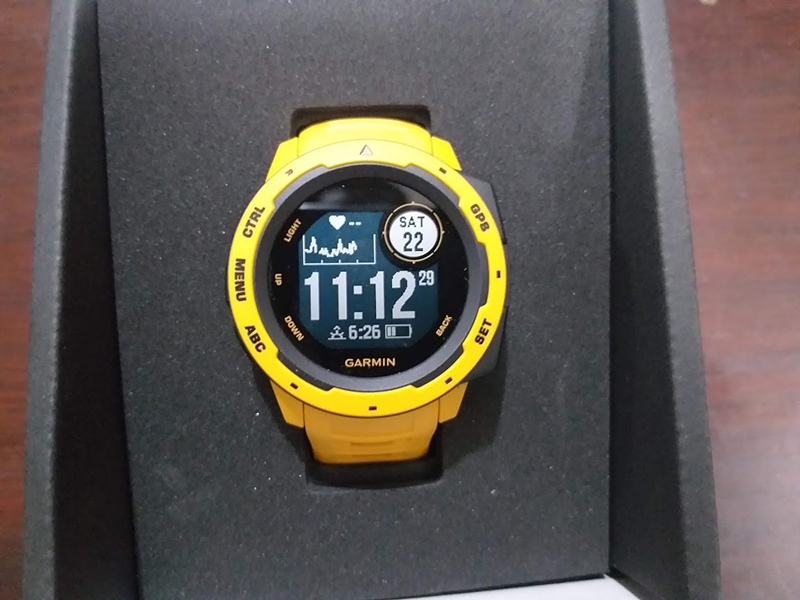Today, the smartwatch has become synonymous with wearable technology. However, the idea of the smartwatch is nothing new. The world’s first smartwatch was made by Seiko in 1998. Dubbed Ruputer, the watch had a rectangular 2-inches screen and allowed users to play games, look at contact information, and of course, check the time.
Smartwatches available on the market today can perform a much wider range of tasks, such as browsing the internet, counting your steps, tracking your location with GPS and even monitoring your health. A smartwatch also gives you smartphone notifications right on your wrist. This wearable device acts not only as a fitness tracker but also your wallet and even your phone.
Dominating the smartwatch market today are tech giants like Apple, Fitbit, Garmin and Xiaomi. Several startups such as Matrix, Whoop and Catapult have also entered the market.
Apple’s debut of Apple Watch 4 was a big news because the watch had ECG and fall detection features. Apple Watch 4 changed people’s perception of smartwatches. While smartwatches were seen as something that adorns the wrist of younger people, Apple Watch 4’s fall detection was definitely meant for a much older generation – people over 65.
According to rumors, Apple will include a built-in FaceTime video camera in its Apple Watch in the future. This suggests that video calling will be a staple of future versions of the watch.

In 2018, Nubia, a Shenzhen, China-based smartphone maker, unveiled its groundbreaking dual-screen smartphone, the Nubia Alpha. Nubia is a wearable phone that resembles a smartwatch.
Health is a big concern for smartwatch makers. Manufacturers continue to add health tracking features to their smartwatches, and according to experts, future smartwatches will have even more serious health monitoring features. For example, Apple Watch may become more and more of a biometric GP on your wrist. Apple’s acquisition of Beddit in 2017 suggests the tech giant will feature built-in sleep tracking on its future Apple Watches.
As popularity of smartwatches grow, the wearable device will continue to evolve and its market will continue to grow.
“Smartwatches have found their place in terms of design, but there is still plenty of room for functionality development. This, in turn, will drive shipment volumes among new users and current owners alike. In addition, smartwatches will connect with other devices and systems, thus increasing their value and utility,” says Ramon T. Llamas, research director for IDC’s Wearables team.












